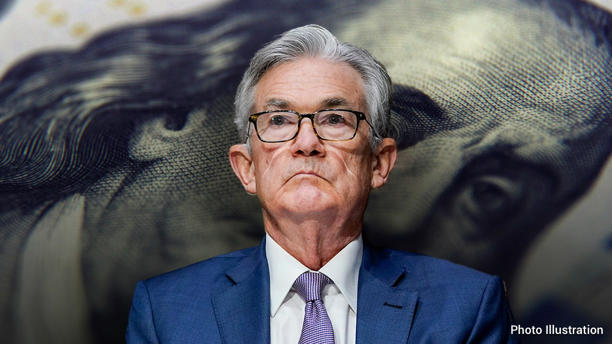
This $6 trillion problem threatens to push inflation even higher
Opinion by E.J. Antoni
Following the 2008 global financial crisis, the Federal Reserve created trillions of dollars to ease financial conditions and keep banks afloat. Many economists predicted record inflation would result. But Fed Chairman Ben Bernanke pulled an ace out of his sleeve. He paid banks to park much of that money at the Fed and limit its inflationary effects.
That victory was evanescent, and now the bill is coming due for the Fed’s quarantining almost $6 trillion to keep a lid on inflation.
The multitrillion-dollar corner that the Fed painted itself into is a now costing $275 billion annually, more than the Treasury spent on all veterans’ benefits and services last fiscal year. And it’s going to get worse.
Paying interest on reserves “sterilized” the money because any cash kept at the Fed was not being lent out by banks, and therefore wasn’t multiplying as it normally would through fractional reserve banking. But the inflationary pressure from Congress’ deficit spending has put the Bernanke model of sterilizing money on steroids.
In the spring of 2021, the Fed began ratcheting up its reverse repurchase agreement operations, or reverse repos. These are short-term loans to the Fed with Treasury securities serving as collateral and provide quick but not lasting adjustments to liquidity levels in financial markets.
Reverse repo operations combined with interest on reserves has turned into a multitrillion-dollar attempt to solve the problem of creating money for the government to spend while minimizing the inflationary impact.
Currently, the Fed pays over $750 million in interest every day to banks, hedge funds and other large financial institutions that have parked $5.7 trillion in its vaults. A year ago, that daily interest payment was only $18 million. But that was when the amount needing to be sterilized was much smaller and when interest rates were much lower.
Now, like Frankenstein’s monster, the Fed’s anti-inflation inventions are turning on their creator. The interest payments are adding three-quarters of a billion dollars to the money supply daily, working at cross purposes to the Fed’s higher interest rates, meaning higher rates would be needed to stop inflation snowballing.
At this point, the Fed has no exit strategy. If it stops paying interest on reserves and running massive reverse repo operations, it will immediately add $5.7 trillion of liquidity to the market – about 25% of the entire money supply. The extra liquidity would unleash an inflationary tsunami dwarfing that of the 1970s.
The Fed’s dilemma first manifested in September 2019 when it lost control of the repo market and, subsequently, the federal funds market. In a panicked attempt to regain control of interest rates, the Fed abandoned prudently reducing its balance sheet, begun less than two years prior.
Hedge funds and other financial institutions learned two valuable lessons in 2019: U.S. Treasuries are not “risk free” when it comes to losing value, and the Fed is still in the bailout business for financial markets.
Treasuries are often pledged for multiple loans – rehypothecated – mimicking fractional reserve banking’s structure of pretending a dollar is in two places at once. Just as a bank collapses when too many depositors try to get their money at once, if multiple parties try to sell the same rehypothecated Treasury, the financial system runs out of funds.
With the latest bank failures, institutions failed to hedge against the interest rate risk of Treasuries and the Fed again stepped in, offering to take those devalued securities at par as collateral on new loans.
Sterilizing trillions of dollars by paying banks and hedge funds to store it at the Fed has hidden the inflationary impact of money creation, but also caused misallocations of capital and planted systemic risks in the bond market. As the Fed now pairs rate hikes with a return to money creation via its balance sheet, it is effectively attempting to control the yield curve and further distort the economy, storing up yet more trouble for the future.
With each monetary manipulation, the Fed digs itself – and the nation – deeper into the hole.
The central bank needs to face reality instead of trying to warp it: you cannot spend, borrow and print trillions of dollars and expect no negative consequences. The sins of the past always catch up to you, be they moral or monetary.

Comments (0)